|
Infantry units and tanks enter Saigon on Bien Hoa highway. (Photo: Hua Kiem/VNA) |
On April 10, 1975, the Secretariat issued Circular No. 312-TT/TW on propaganda of victory, encouraging emulation with the South, and achieving many new victories.
The circular emphasized: “…The rapid development of the revolution in the South has posed many new requirements that need to be resolved. The victories in the South are stirring up a fervent revolutionary spirit throughout the country. It is necessary to quickly and widely announce the news of victory, and to deeply mobilize the entire Party, the entire army, and the entire people to make everyone clearly see the significance of the victory and their responsibilities in the new situation, contributing their greatest efforts to the common revolutionary cause of the nation.”
On April 10, 1975, the Saigon-Gia Dinh Liberation Campaign Command met to discuss and agree on leadership, command, and campaign combat plans. The Command determined: It was necessary to concentrate forces and technical weapons, promote combined strength, create overwhelming advantages, quickly destroy and disintegrate all remaining enemy troops, smash the Saigon army from the Central to the grassroots, liberate Saigon-Gia Dinh, and create conditions for liberating the South. During the campaign, it was necessary to closely combine the offensive and the uprising of the masses, but the military offensive must go one step ahead and play a decisive role.
In the morning of the same day, continuing the Xuan Loc-Long Khanh campaign, our units continued to break through Xuan Loc, captured the airport, heavily damaged the 3rd Regiment of the 18th Division of the puppet army, and attacked the 1st Airborne Brigade that had just landed in Tan Phong. The enemy had to send more Special Forces to reinforce Xuan Loc. We changed the way we fought: surrounded Xuan Loc, attacked the reinforcements.
In Military Region 9, because Xuan Loc had not been completely defeated, on April 10, 1975, the Regional Command called Military Region 9 to cancel the plan to attack the airport and Can Tho city, so the Military Region called Division 4 to turn back. However, the unit was pursued by the enemy and suffered losses of the entire reconnaissance platoon.
On the same day, the eastern wing advanced to Nha Trang. Also on April 10, 1975, the leaders and commanders of Group 232 arrived at the Saigon-Gia Dinh Liberation Campaign Headquarters to receive their mission.
In Military Region 8, from April 10 to 12, 1975, the Standing Committee of the Regional Party Committee and the Military Region Party Committee met to thoroughly grasp the tasks assigned by the superiors, discuss the organization plan, assign tasks to implement the general offensive-general uprising plan, and highly agreed and deeply understood the three tasks assigned by the superiors:
1-Strategic division: Completely cut off Route 4 and Cho Gao canal.
2- Launch an attack into southern Saigon, capture the National Police Headquarters (1 of the 5 major targets of the campaign).
3- Self-liberate the entire area.
The Standing Committee of the Regional Party Committee and the Military Region Party Committee determined that "this is a heavy and urgent task, with some unforeseen tasks (such as attacking Saigon), but it is also an honor and a great responsibility to directly participate in the liberation of Saigon".
On April 10, 1975, in compliance with the Ministry's order, the Navy Command dispatched three transport ships 673, 674, 675 (Regiment 125) from Hai Phong to Da Nang to prepare to liberate the islands in the Truong Sa archipelago being held by the Saigon army.
On the same day, the entire force of the 99th Bridge Regiment, 473rd Engineering Division, Truong Son Command, advanced eastward, securing a number of bridges on Highway 1 to Da Nang and the Cau Lau, Ba Ren, An Tan, and Ke Xuyen bridges with Belay equipment and steel beams captured from the enemy, ensuring our main force could quickly advance to liberate Saigon.
In the northern rear, the Central Support Council urgently deployed its work. The people of the Northwest and Viet Bac sent a petition to the Central Government requesting a temporary halt to the transportation of goods and food to their localities, in order to focus on timely support for the campaign to liberate Saigon. Factories and enterprises also mobilized 30-50% of their troops to participate in serving the battlefield.
Nhandan.vn
Source: https://nhandan.vn/ngay-1041975-ban-bi-thu-ra-thong-tri-ve-tuyen-truyen-chien-thang-post871271.html


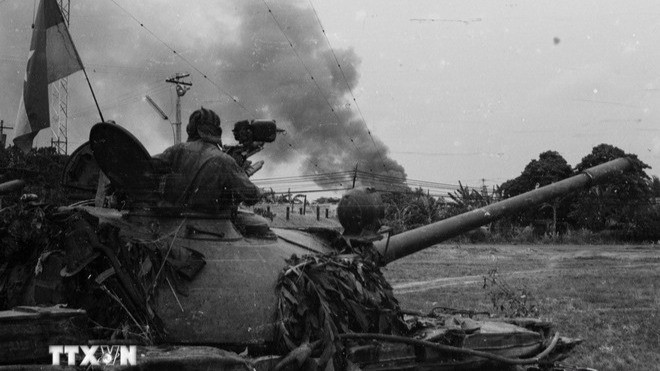
![[Photo] General Secretary To Lam attends the conference to review 10 years of implementing Directive No. 05 of the Politburo and evaluate the results of implementing Regulation No. 09 of the Central Public Security Party Committee.](https://vphoto.vietnam.vn/thumb/1200x675/vietnam/resource/IMAGE/2025/5/19/2f44458c655a4403acd7929dbbfa5039)
![[Photo] Panorama of the Opening Ceremony of the 43rd Nhan Dan Newspaper National Table Tennis Championship](https://vphoto.vietnam.vn/thumb/1200x675/vietnam/resource/IMAGE/2025/5/19/5e22950340b941309280448198bcf1d9)
![[Photo] Close-up of Tang Long Bridge, Thu Duc City after repairing rutting](https://vphoto.vietnam.vn/thumb/1200x675/vietnam/resource/IMAGE/2025/5/19/086736d9d11f43198f5bd8d78df9bd41)


![[Photo] President Luong Cuong presents the 40-year Party membership badge to Chief of the Office of the President Le Khanh Hai](https://vphoto.vietnam.vn/thumb/1200x675/vietnam/resource/IMAGE/2025/5/19/a22bc55dd7bf4a2ab7e3958d32282c15)
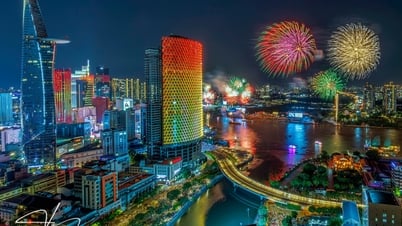

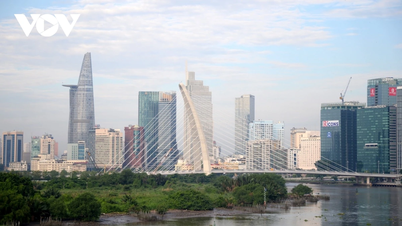



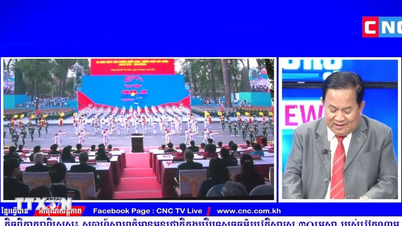

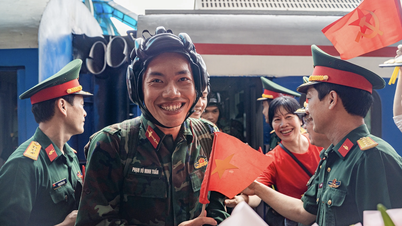

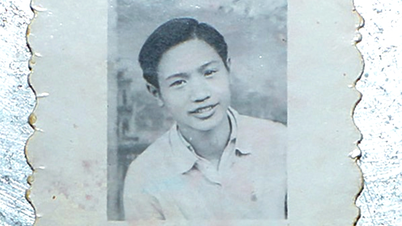
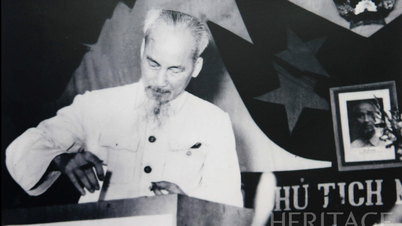

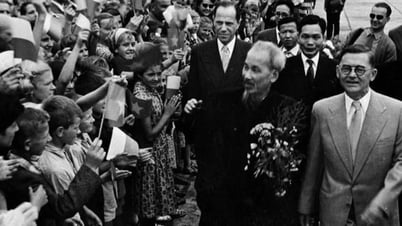

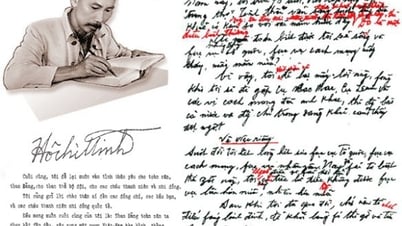

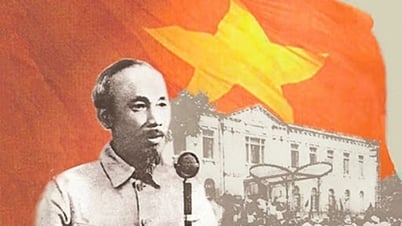
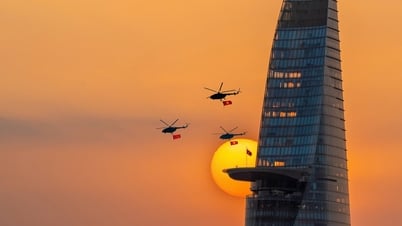

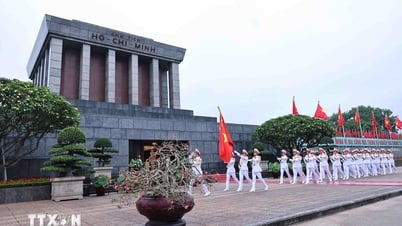





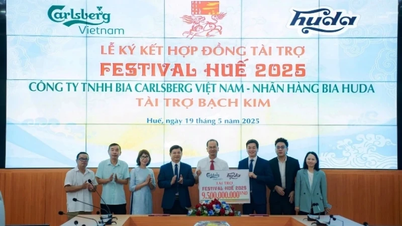
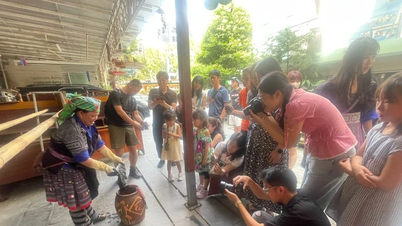
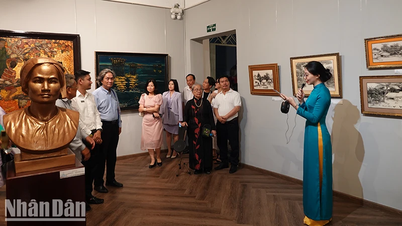

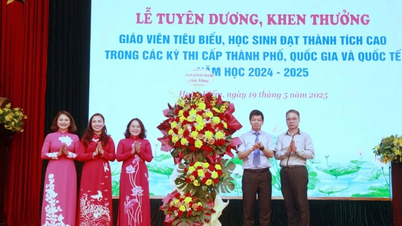
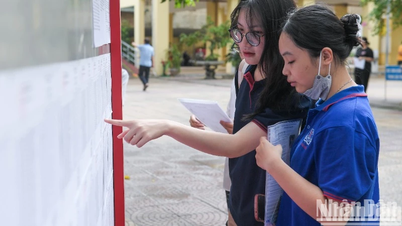
![[Photo] Prime Minister Pham Minh Chinh inspects the progress of the National Exhibition and Fair Center project](https://vphoto.vietnam.vn/thumb/1200x675/vietnam/resource/IMAGE/2025/5/19/35189ac8807140d897ad2b7d2583fbae)







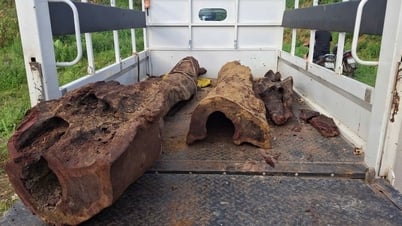


































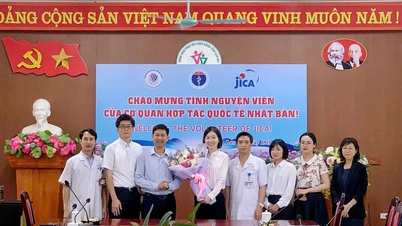

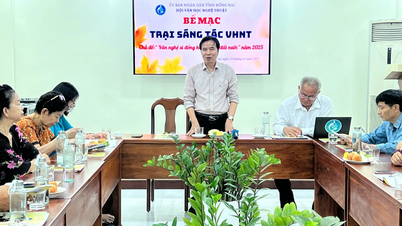


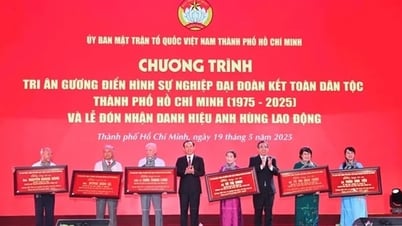
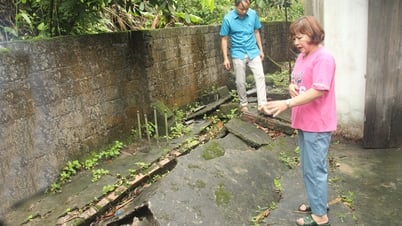

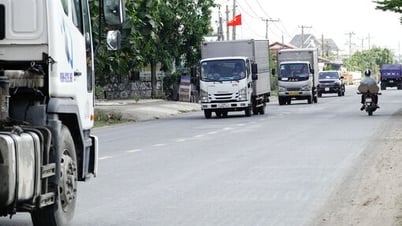





![[VIDEO] - Enhancing the value of Quang Nam OCOP products through trade connections](https://vphoto.vietnam.vn/thumb/402x226/vietnam/resource/IMAGE/2025/5/17/5be5b5fff1f14914986fad159097a677)





Comment (0)